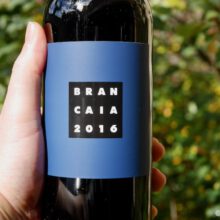
Product information
Brancaia Il Blu 2016
$160
Description
Brancaia’s Il Blu is gorgeous in 2016. Fresh, perfumed and beautifully lifted, the 2016 strikes a captivating balance between power and finesse. Red cherry, flowers, mint, cinnamon and blood orange all give the 2016 brightness and vitality, and yet there is plenty of the richness readers have come to expect from this wine as well. The 2016 is one of the more polished, nuanced vintages of Brancaia I can remember tasting. Antonio Galloni
Out of stock


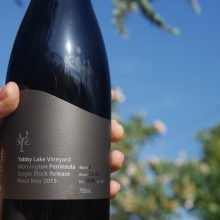
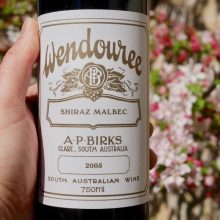
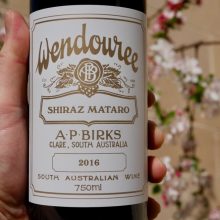
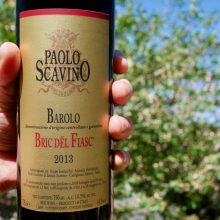
You must be logged in to post a comment.